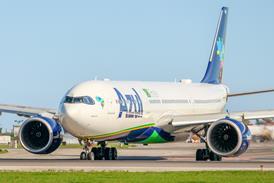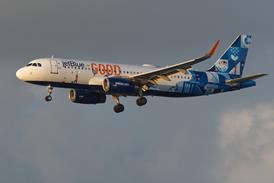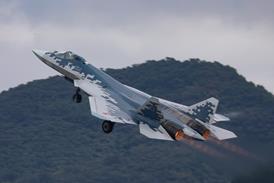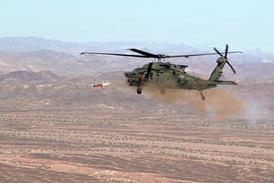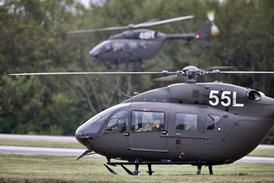FlightGlobal is the global aviation community’s primary source of news, data, insight, knowledge and expertise. We provide news, data, analytics and advisory services to connect the aviation community globally and help organisations shape their business strategies, identify new opportunities and make better decisions faster.
Sikorsky bets on advanced technology as UH-60 twilight looms

The pioneering rotorcraft manufacturer is looking to new product lines ahead of a looming decline in sales for the marquee UH-60 Black Hawk utility helicopter, as the US Army considers what is expected to be its final multi-year contract for the venerable type.
Keep reading this article by becoming a FlightGlobal member now
PLEASE REGISTER FOR FREE OR SIGN IN TO CONTINUE READING

You have reached your limit of free articles for this period. Register for a FREE account to read this article and benefit from:
- Increased access to online news and in-depth articles from:
- FlightGlobal Premium covering the global aviation industry
- Airline Business providing insight for business leaders
- Weekly newsletters on topics across the industry

